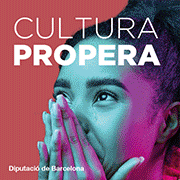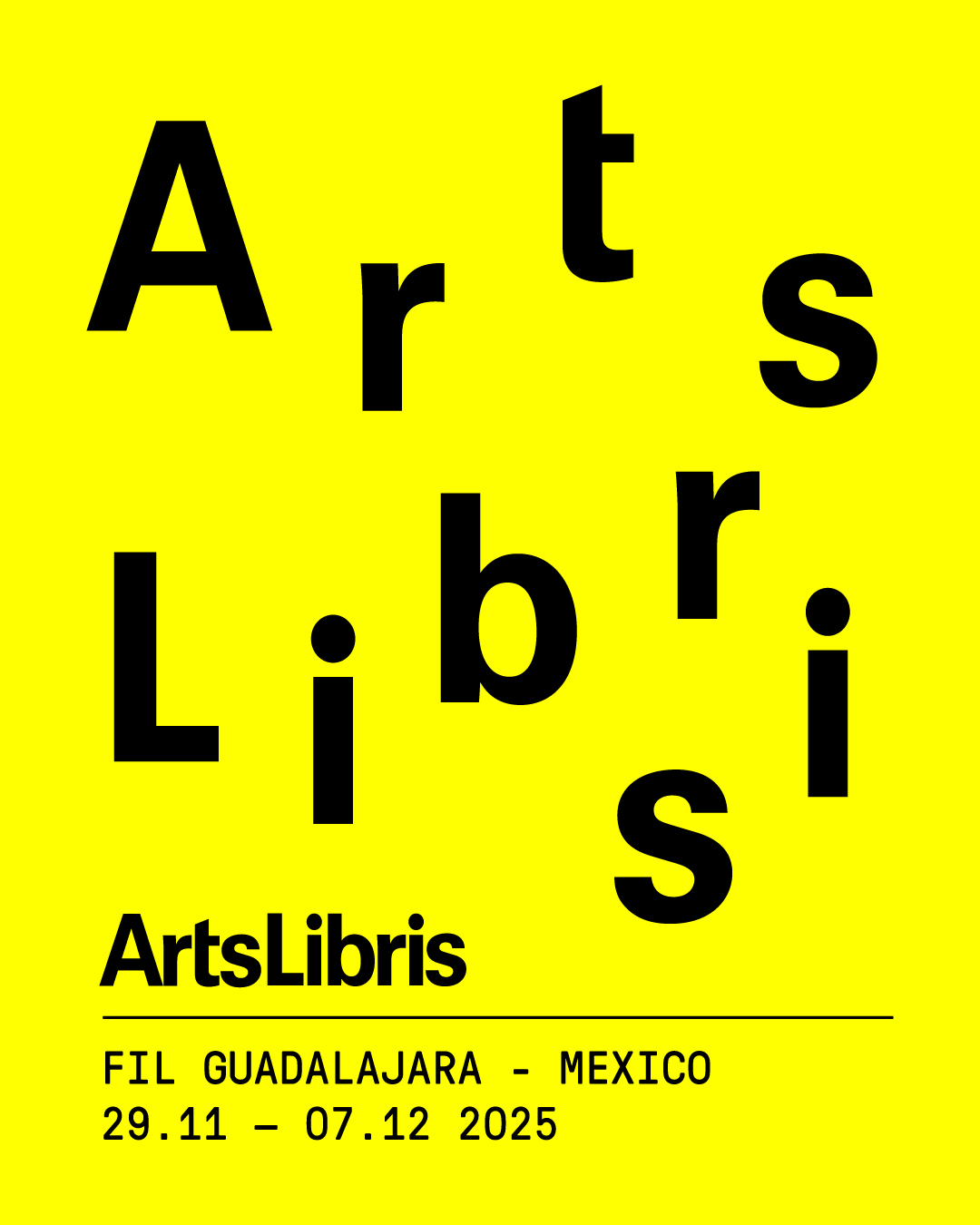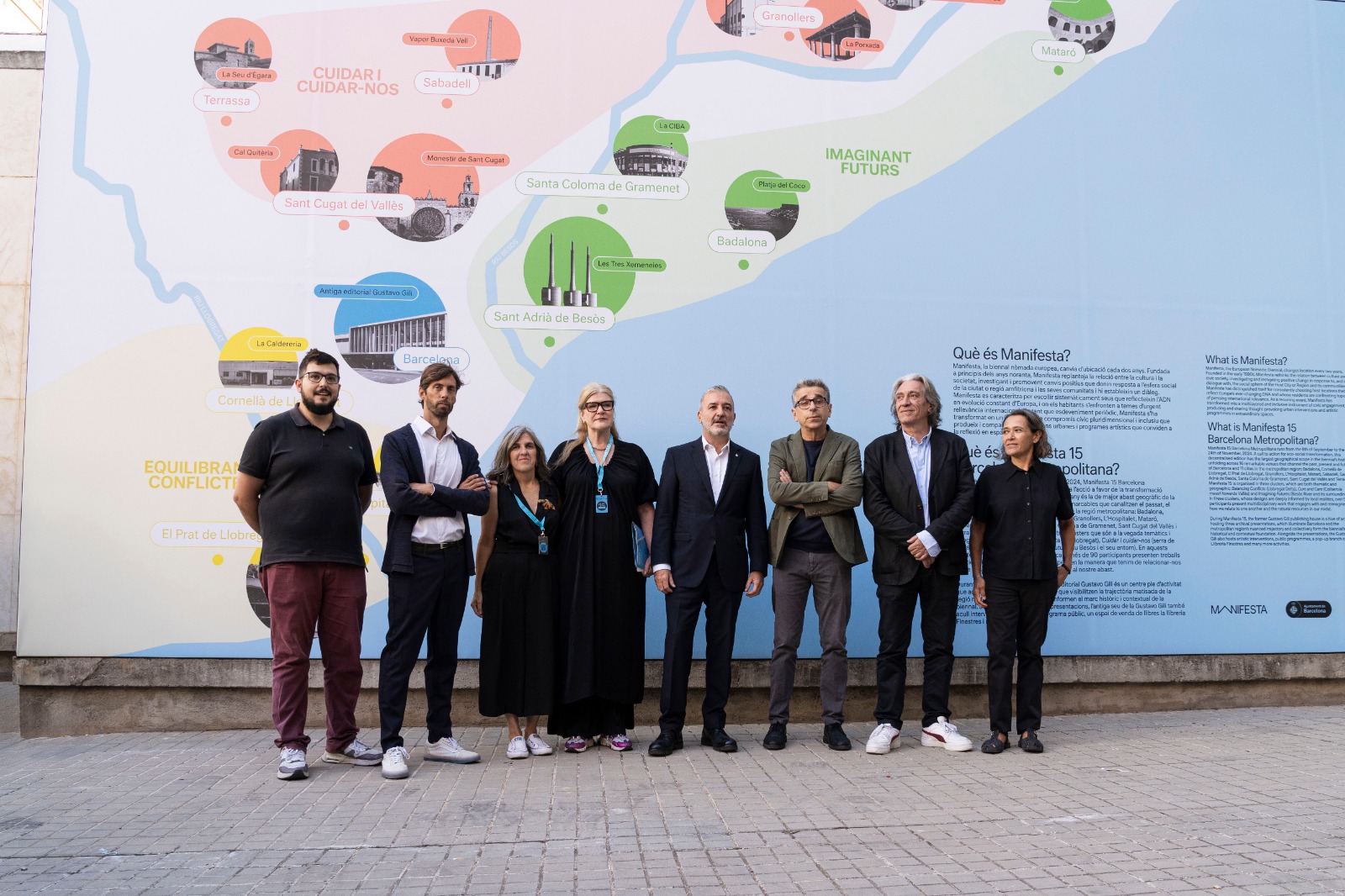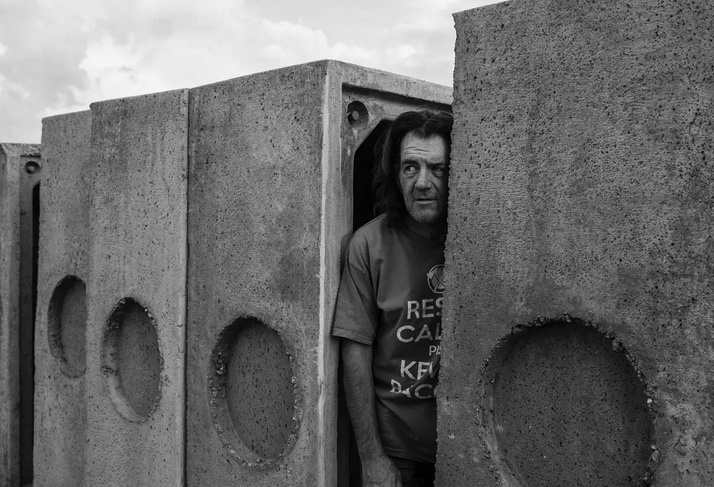News
The reopening of the MAS: A new chapter for art in Cantabria
The Museum of Modern and Contemporary Art of Santander (MAS) opens its doors again and marks a key moment in the cultural life of the city. After the rehabilitation of its emblematic building, the museum presents a new and rich chronological exhibition, from contemporary to classic art, with special attention to Cantabrian talent.
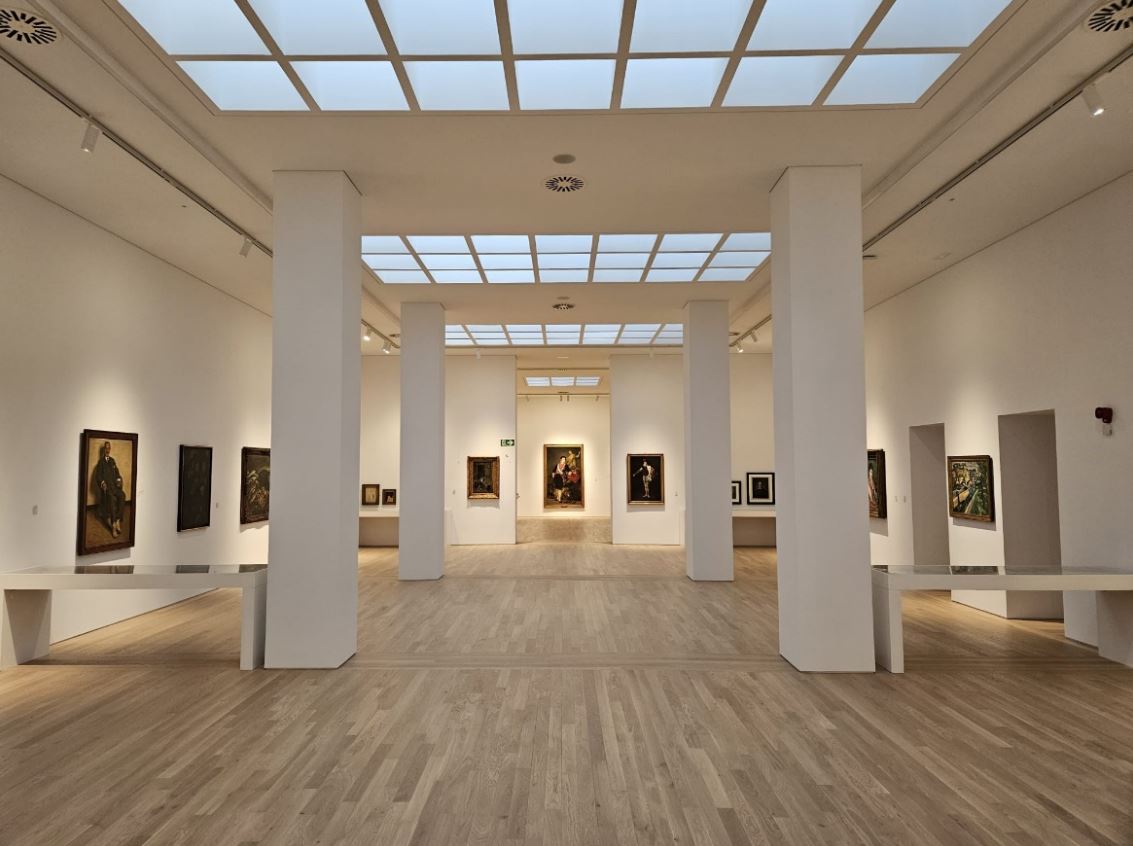
The reopening of the Modern and Contemporary Art Museum of Santander (MAS) is a key event for the cultural life of the city, marking a moment of enormous significance for the artistic community and the general public. After the rehabilitation of the historic Leonardo Rucabado building, which has been its headquarters since its inception, the museum presents itself again to the public with a renewed proposal that reflects three fundamental criteria: the valorization of its own heritage, a selection qualitative and selective of its collections, with special attention to Cantabrian talent, and the exhibition of this legacy in a way that facilitates a clear and accessible understanding for visitors.
The opening of the MAS not only means the return to the activity of a public museum service, but also reaffirms the museum's commitment to its educational and cultural function, offering a rich and diverse experience through its collection permanent lesson This collection is presented under the project called MAS-2024. Permanent collection, whose inauguration took place in May this year. With this initiative, a museography is proposed that highlights the very important heritage of the museum, led by the famous portrait of Fernando VII by Francisco de Goya. The portrait, which exemplifies the skill and psychological depth of the painter, is one of the elements that attracts numerous visitors and art scholars to the museum.
The tour of the MAS permanent collection can be done in chronological order, thus offering a coherent and complete view of the evolution of art from the 16th century to the present day. Visitors can choose to start their tour with the most recent works and work their way up to the oldest pieces, or follow the reverse path. This flexibility allows a global and detailed view of artistic development over time, highlighting the different stages and movements that have marked the history of art. In this sense, the MAS offers an extensive display that is not limited exclusively to painting, but includes a wide range of art forms such as sculptures, photographs, drawings, prints, videos and installations.
[file14a26]
One of the most relevant features of this collection is that the works on display are, to a large extent, the product of assignments or productions by the artists, made on the occasion of their corresponding temporary exhibitions organized by the museum. This strategy has not only enriched the artistic heritage of the MAS, but has also established a direct and continuous collaboration with the creators, thus strengthening the link between the artist and the institution.
The MAS embraces a wide range of artistic disciplines, including current national and international contemporary art, as well as a section dedicated to Cantabrian contemporary art, which highlights the works of local artists and their contribution to the scene current artistic As for modern art, the museum gathers the cosmopolitan influences that marked a period of great creative effervescence and social change. Finally, classical art occupies a prominent place, with pieces that trace the history of art from the 16th century to the 19th century, including renowned masters who have left an indelible mark on art history .
Among the outstanding artists in this new stage of the MAS, an important space is dedicated to Juan Uslé, a Cantabrian painter of international reference. Uslé occupies a special place in Room 4, where a temporary display of his paintings from 1980-1983 is presented, including the famous blue triptych, an emblematic work that symbolizes Santander's artistic transition in that period. The re-exhibition of this work, accompanied by other paintings and drawings by the same artist, is a tribute to Uslé and other key figures of that time of change, such as Fernando Zamanillo, former director of the MAS.
In addition, you can admire works by great masters of Spanish and international art, such as Francisco de Goya and Joan Miró. We also find the work of María Blanchard, recognized for her contribution to Cubism, and José Gutiérrez Solana, a painter and writer with a unique perspective on Spanish society of his time. Among the contemporary artists, figures such as Eduardo Arroyo and Wolf Vostell stand out.
The concept of metamorphosis is another central element in the MAS exhibition, reflecting the continuous transformation of the works and their interpretation over time. This idea of constant change manifests itself not only in the individual works, which can acquire new meanings depending on the context in which they are exhibited, but also in the very evolution of the museum and its collection. The MAS is not only a place of conservation, but also a space of transformation and reinterpretation, where art is kept alive and in constant dialogue with viewers.
This new chapter of the MAS is also accompanied by the presentation of the publication MAScolección2021. Studies and Reflections. Catálogo Sistemático, an editorial work in two volumes that collects the museum's collections, accompanied by essays and reflections by more than fifty authors. This work, published in 2023, is a compendium of the artistic heritage of the MAS and a testimony to its evolution and the collective work that has allowed its consolidation as a reference institution in Santander.
The reopening of the MAS is, therefore, much more than a simple renovation of spaces; is a reaffirmation of the museum's commitment to its mission of preserving, studying and disseminating the artistic heritage, while adapting to the new times and the new needs of its visitors, thus consolidating itself as an essential space for the understanding of the art in Cantabria.


